Harness the Full Power of Next-Level Energy Management
Boost profits with GlacierGrid: your ally in streamlined energy management and enhanced ROI. Discover the transformative power of optimized scheduling, equipment tuning, and analytical insights.
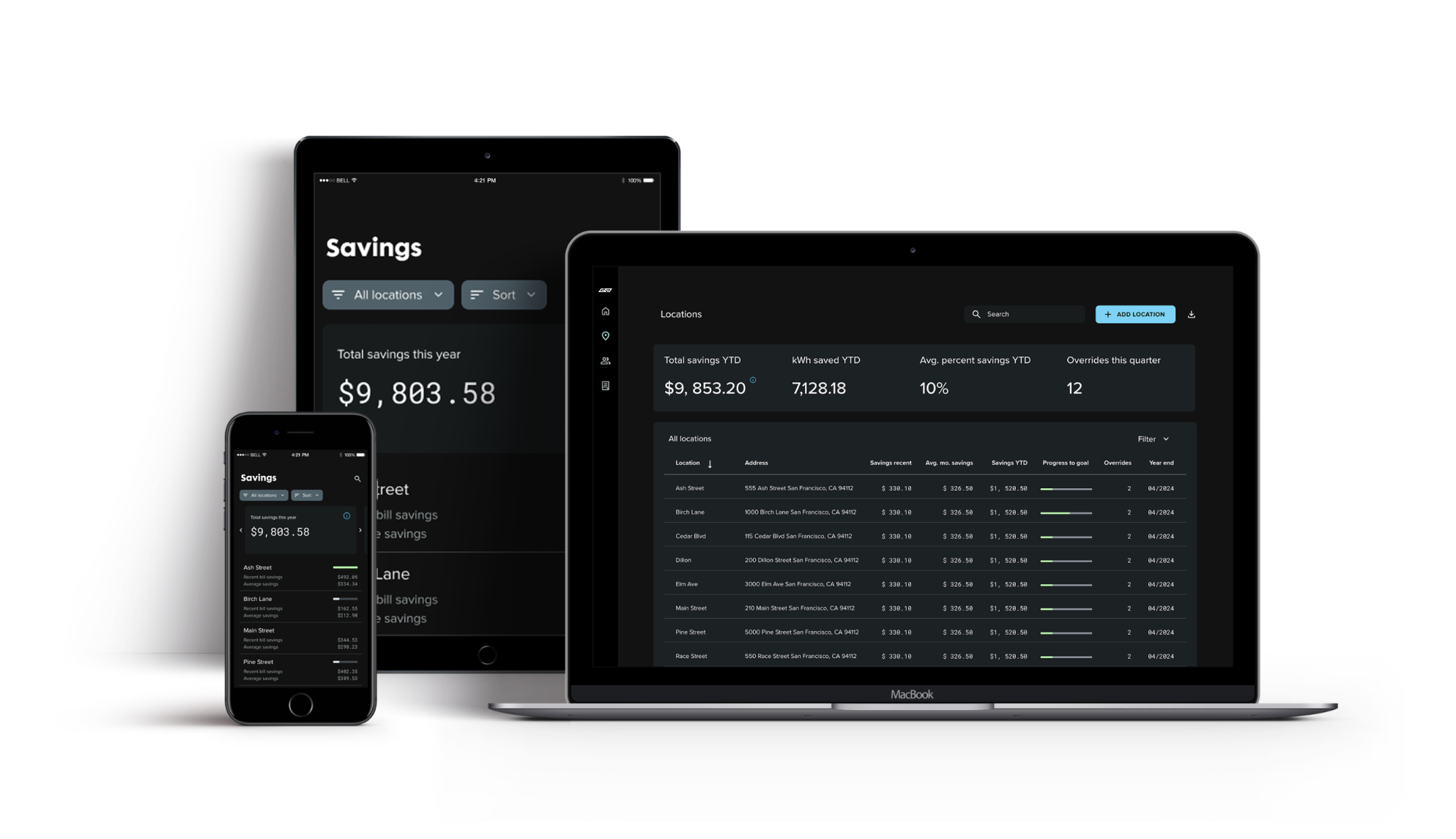
Boost profits with GlacierGrid: your ally in streamlined energy management and enhanced ROI. Discover the transformative power of optimized scheduling, equipment tuning, and analytical insights.
Comprehensive Energy Management Simplified
Our user-friendly platform offers streamlined energy efficiency for businesses. Get real-time insights and a comprehensive view of your energy consumption. As your energy partner, we maximize every watt, ensuring peace of mind through 24/7 monitoring and support, enhancing facility management, and guaranteeing ROI.
Revolutionary Platform and Smart Controls Simplify Your Energy Savings
GlacierGrid optimizes energy management, enhancing savings and preventing outages.
Intelligent Scheduling
Automate temperature settings based on business hours to enhance energy efficiency.
Equipment Benchmarking
Receive daily to monthly history reports to track schedules and pinpoint potential issues.
Override Reporting
Maintain comfort levels while identifying and addressing any employee overrides efficiently.
Easily Understand and Enhance Your Energy Usage
Comprehensive energy management with GlacierGrid
Our approach values your time, focusing on providing quick and effective solutions rather than inundating you with a series of questions, streamlining your decision-making process.
Quarterly reviews for increased savings and ROI
Our alert management system promptly notifies you about significant events or irregularities, ensuring that you remain at the forefront of overseeing and managing your energy consumption efficiently.
Alert management system
Benefit from our in-depth quarterly reviews, a service designed to expand your savings continuously and enhance your return on investment, driving your business towards greater profitability.
Efficient solution-focused approach
GlacierGrid specializes in assisting businesses in refining their energy use strategies, offering comprehensive management systems that include scheduling and equipment optimization, comparative analysis, and peak demand management. All of it while promoting greener and more cost-effective operations.
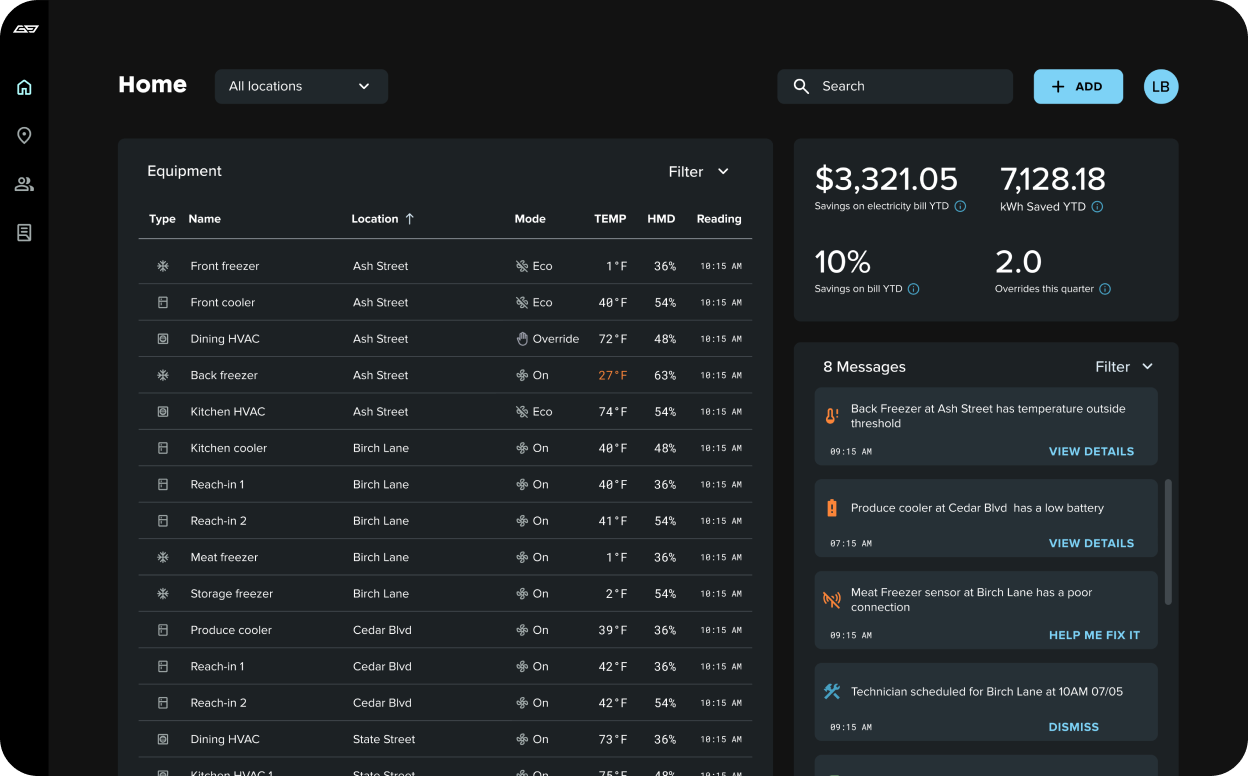

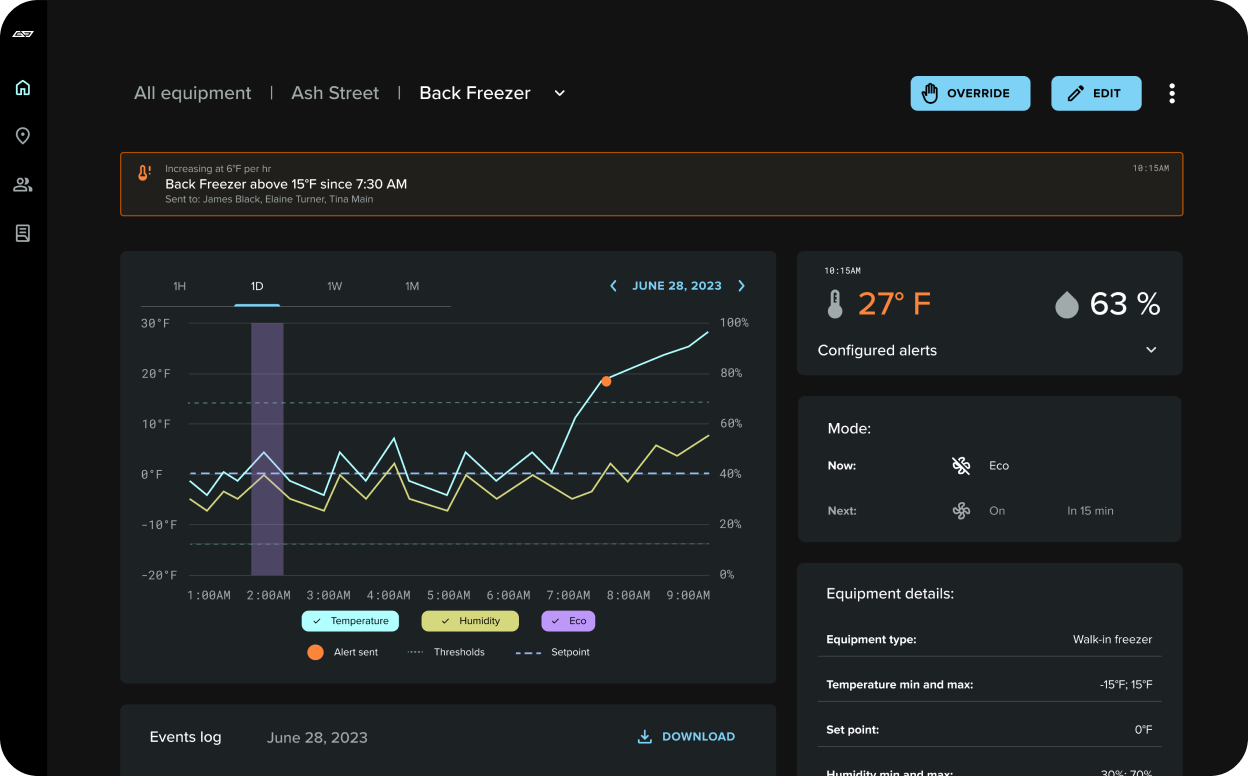
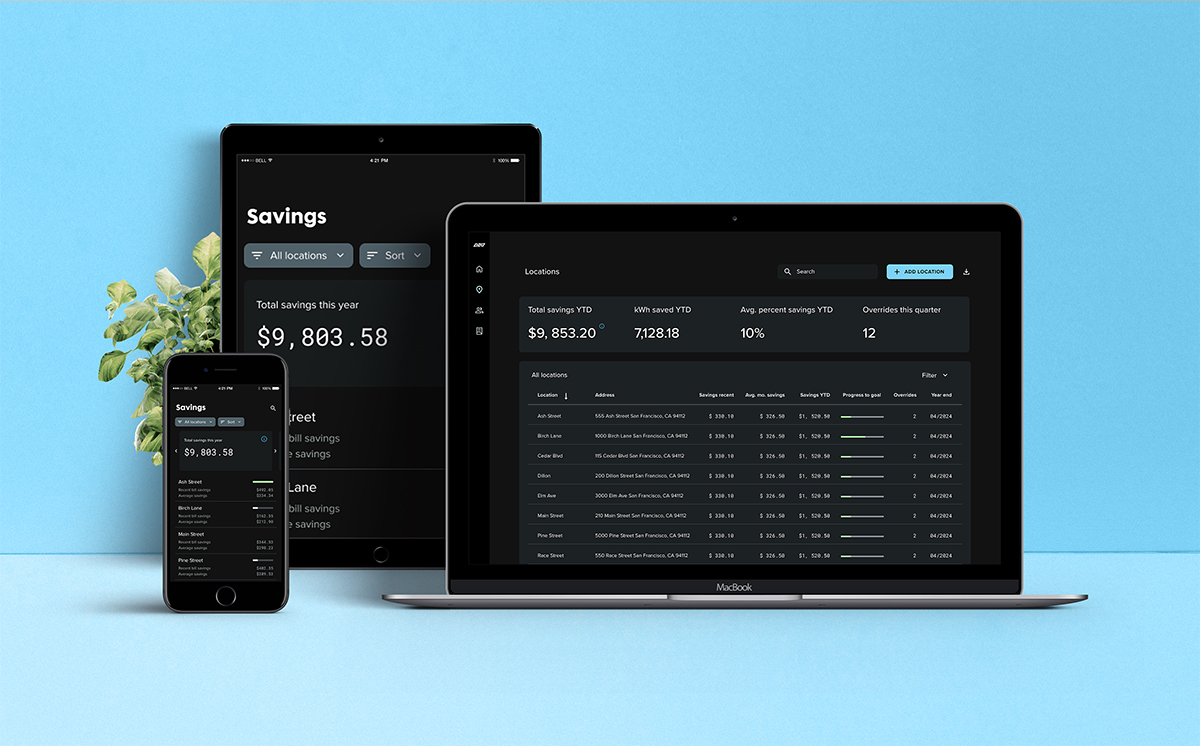
Precision Monitoring: Mastery Beyond the Surface with GlacierGrid
From sensor to cloud, through to your personalized desktop dashboard or mobile app, GlacierGrid offers one of the market's most dependable and accurate monitoring systems.
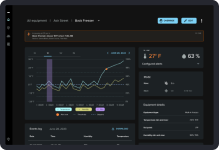
Smart Thermostat - The Beginning Point
The process initiates with the smart thermostat functioning as the sensor and monitoring device. It meticulously tracks and records vital data, ensuring the first chain of connectivity in this streamlined process is solid and dependable.
Router - The Gateway
Acting as the gateway, the router steps in next, taking the responsibility of transmitting the gathered data securely. Its role is pivotal in maintaining the reliability of the data transmission, making sure that the information flows seamlessly to the next stage.
The Cloud - The Secure and Always Available Repository
The data journey continues to the cloud, which acts as a vigilant custodian, hosting and safeguarding the data round the clock. It not only stores but also processes the data efficiently, preparing it to be presented in a user-friendly format, while ensuring security and accessibility at all times.

User Interface - The All-in-one Platform
The last stage is the user interface, either a dashboard or mobile app, showcasing the carefully processed data in an intuitive layout. It consolidates all accumulated data, presenting a clear, concise view for informed decision-making.
White Glove Service
Experience our white-glove service that prioritizes your business's savings and success as much as you do. We provide:
- Demonstrable ROI
- A committed customer success manager
- Around-the-clock monitoring
- Technical and comfort issue support
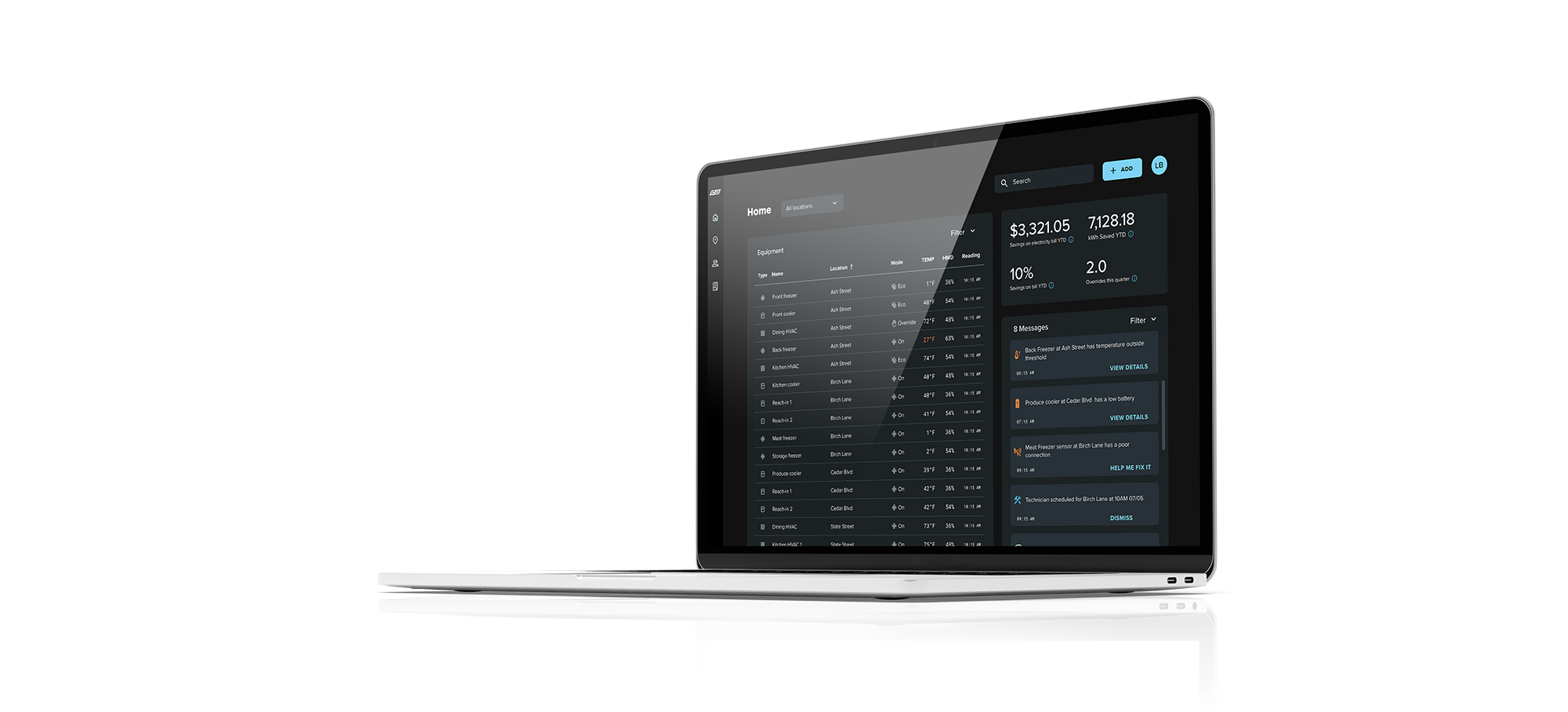
Get in Touch
Looking to boost your profits while enhancing sustainability?
Seize our 10% savings guarantee along with a complimentary site assessment and energy analysis to ensure the ROI you merit. Hurry, offer available for a restricted time and limited capacity only!

let's connect via chat
or give us a call at +1-415-212-7961
Request a demo
Complete the form below and a GlacierGrid team member will contact you shortly!


